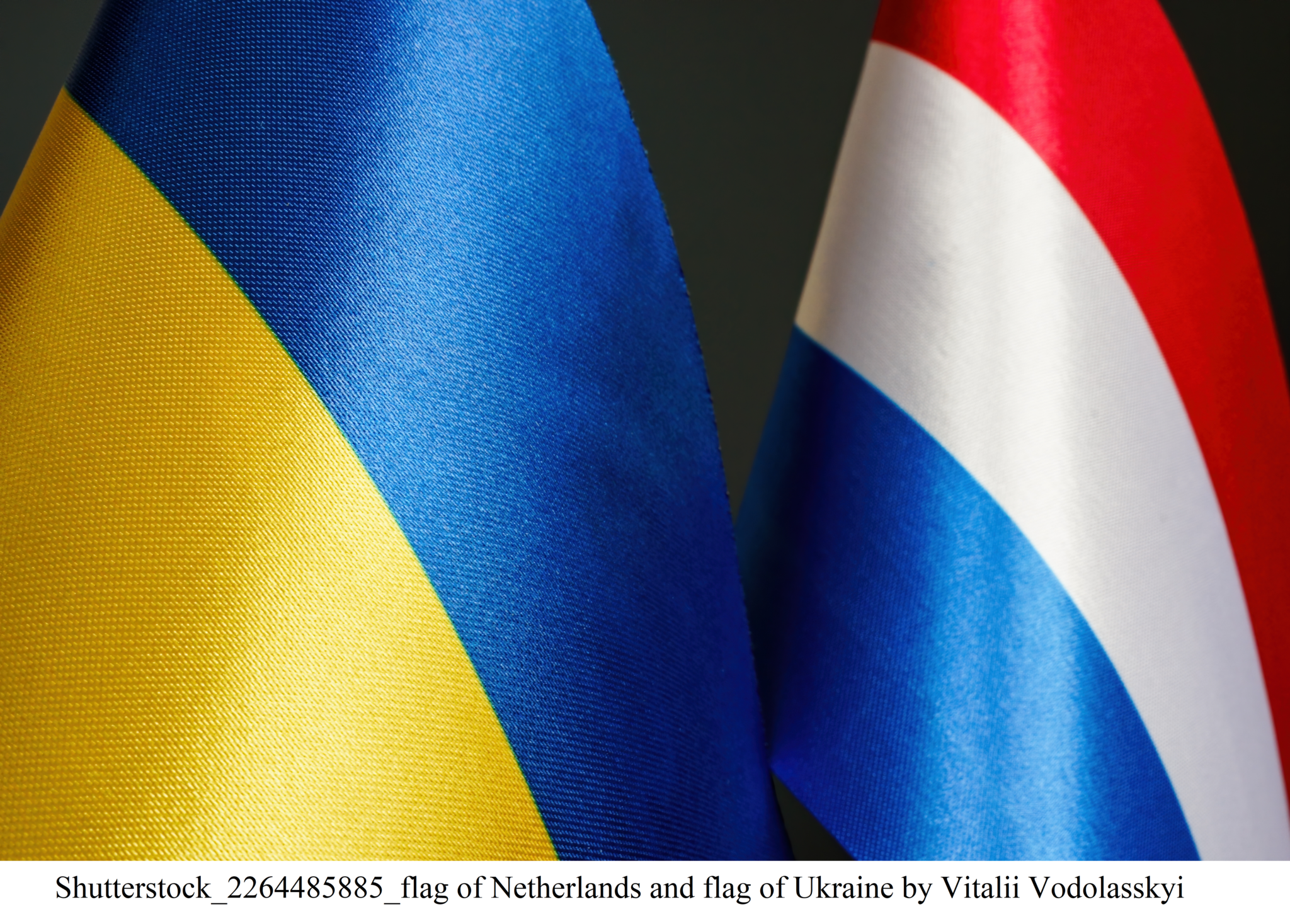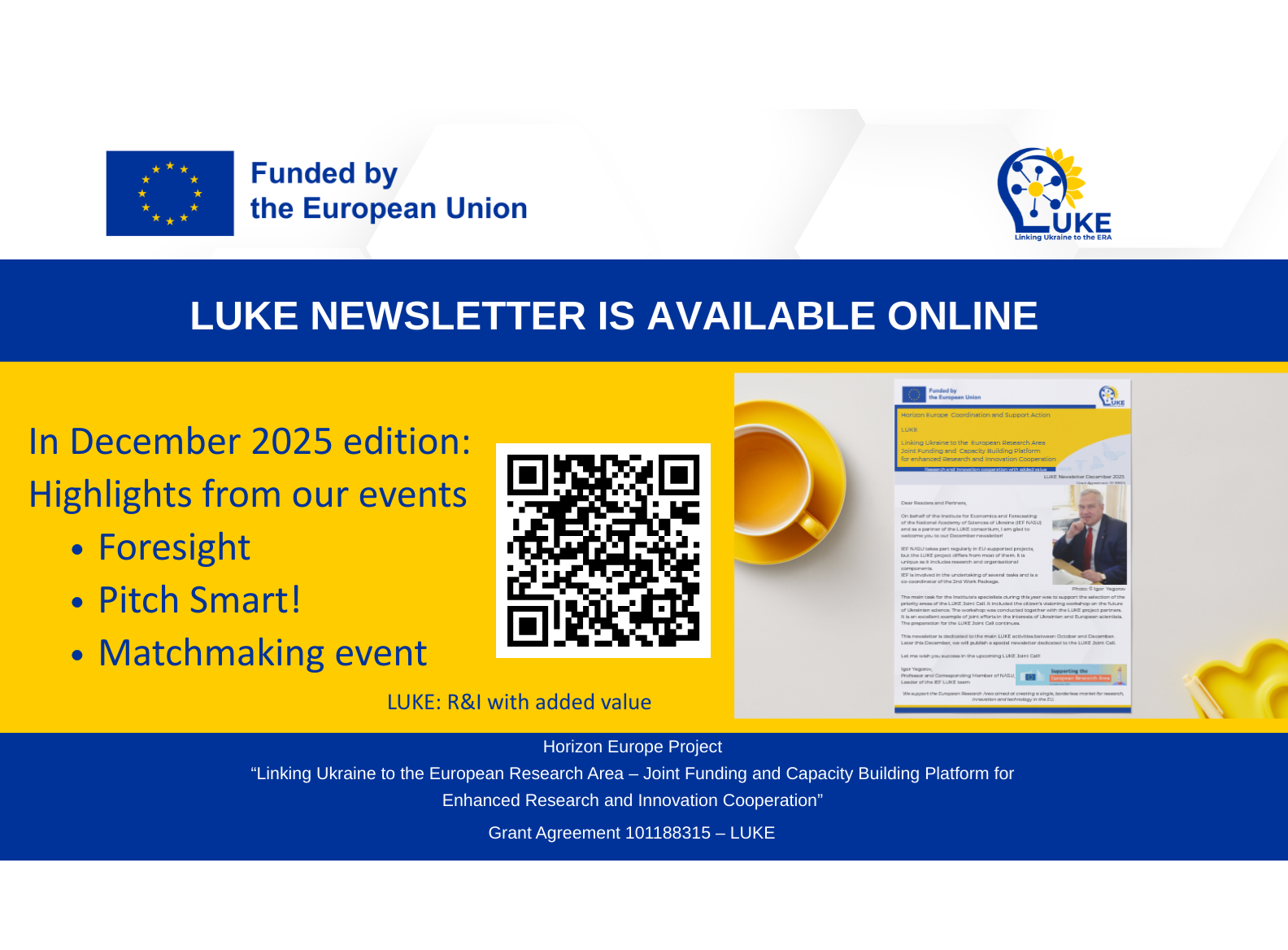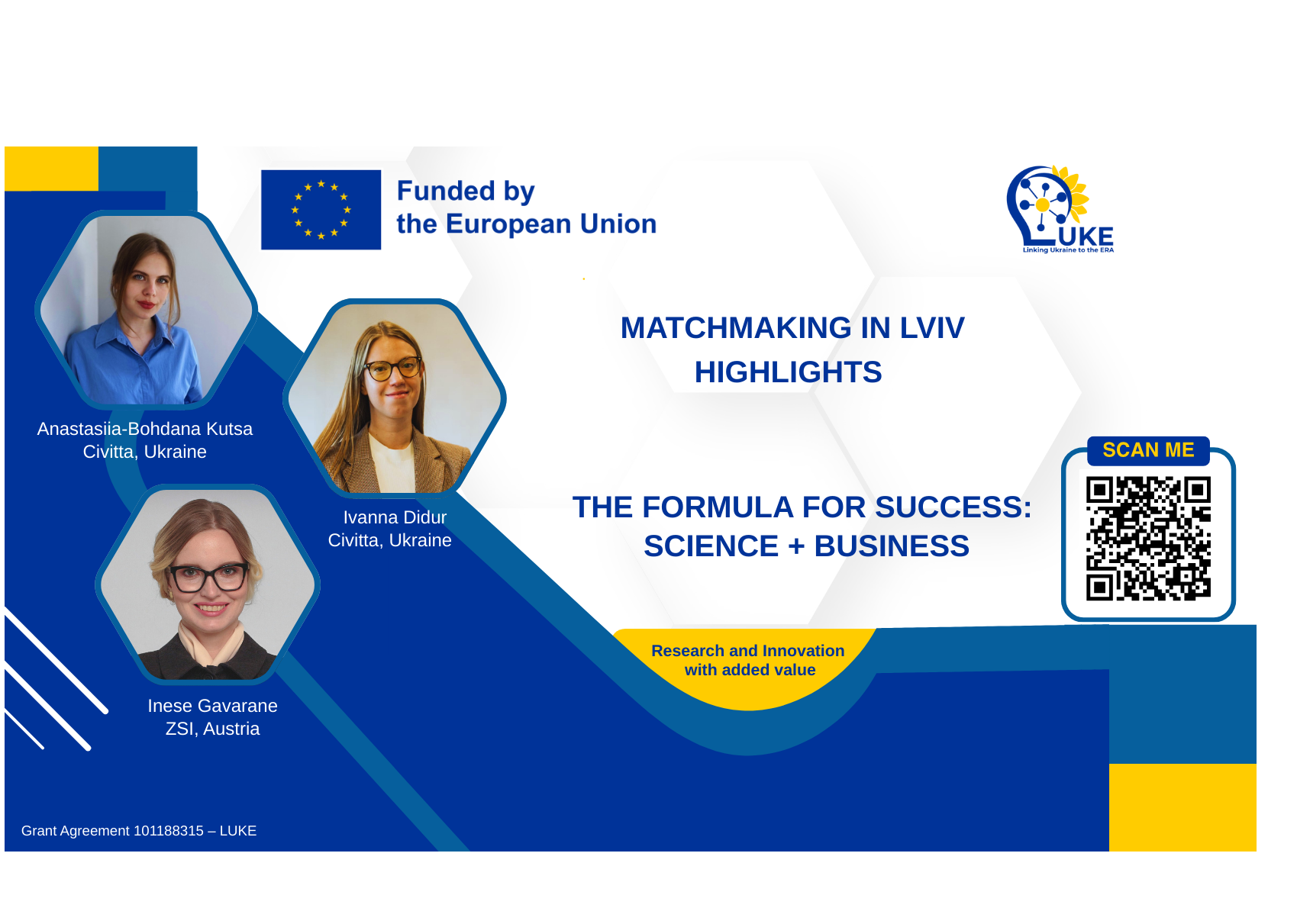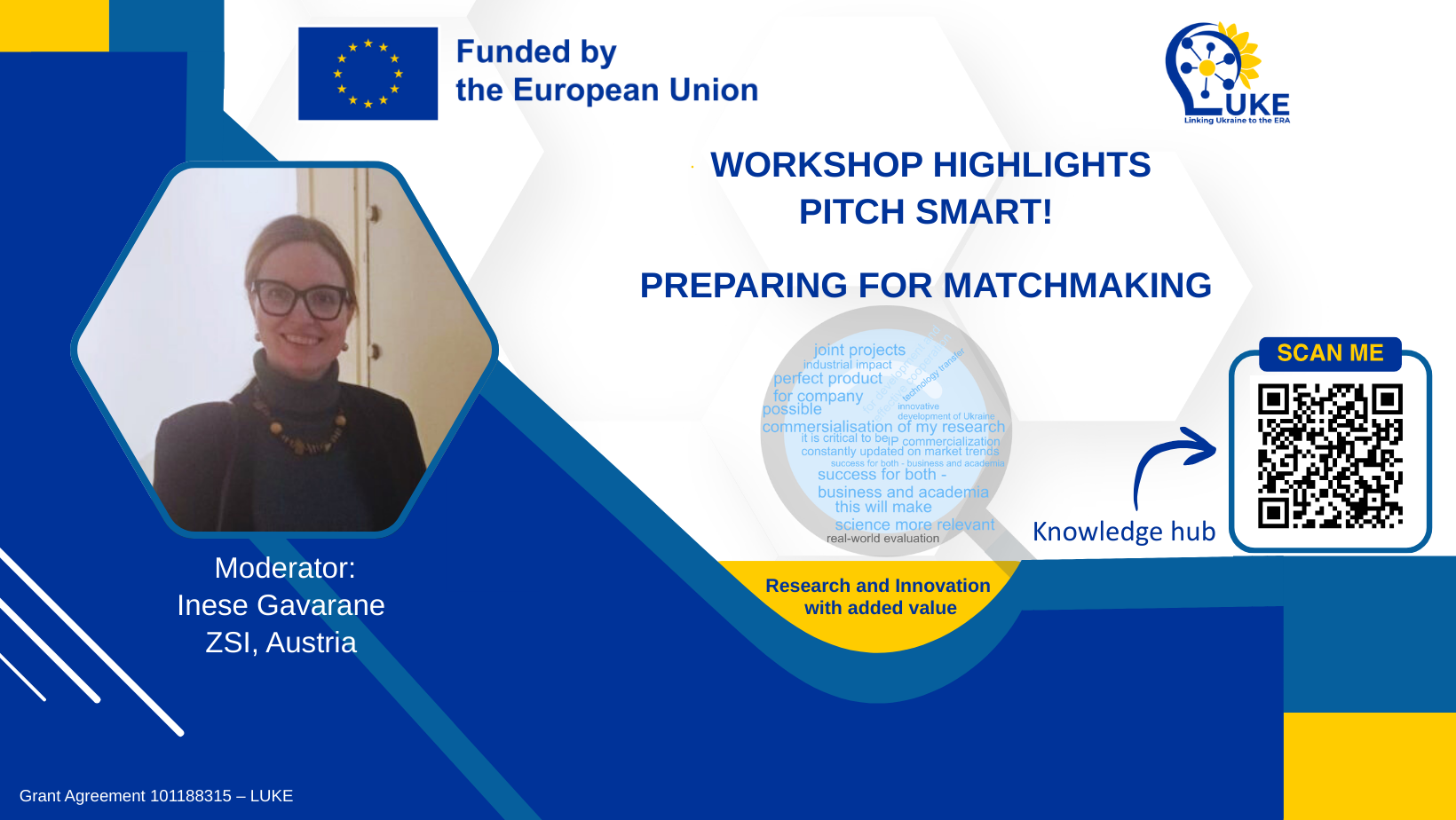Every day we memorize something, learn, and make decisions – all thanks to synapses, tiny contacts (gaps) between neurons. But how exactly do they work? How does synaptic function change under stressful conditions? These are the questions researchers are seeking to answer in a joint Ukrainian-Dutch project that studies the functioning of glutamate receptors – the brain’s main excitatory neurotransmitter.
The project ‘Stronger Together: How Glutamate Receptors Cooperate at the Nanoscale to Shape Synaptic Transmission in the Brain’ is implemented by a research group led by Professor Harold MacGillavry from Utrecht University. The Dutch team was joined by Dr. Oleg Tsupykov, a leading researcher at the Department of Cytology of the O. O. Bohomoletz Institute of Physiology of the National Academy of Sciences of Ukraine. He was successful in the competitive selection process for additional grant opportunities from the Dutch Research Council (NWO) for Ukrainian researchers under the NWO-NRFU partnership initiative.
“This support is extremely important for Ukrainian research during the war, when funding has been reduced and there is a lack of funds for reagents and equipment. I am sincerely grateful to the NRFU for organizing this initiative, which provides me with an opportunity to work in the international research community,” emphasizes Oleg Tsupykov.
The researcher told that he had learned about the initiative during a special event aimed at finding international partners, hosted by NWO and the NRFU in August 2023. On the NWO website, he found topics related to his research and reached out to Professor MacGillavry who helped him prepare the application. This marked the beginning of their collaboration.
According to the PI, the Dutch team was particularly interested in the field of electron microscopy. In Kyiv, this research is carried out at a very high level, and it is precisely this expertise, along with the data and findings, that is particularly valuable to researchers from Utrecht University.
“Electron microscopy is an extremely labor-intensive method that requires careful and meticulous work. You can spend months researching the structure of nervous tissue but still not get the expected result. At the Institute of Physiology, both I and my colleagues are implementing these studies at a very high level. The Dutch team lacked precisely this expertise,” Oleg Tsupykov explained.
The Dutch team’s positive decision was also influenced by the Ukrainian researcher`s publications in top-rated journals such as PNAS, Brain, Stem Cells, Stem Cells Translational Medicine, Stem Cell Reports, Journal of Personalized Medicine, and the number of citations (one of the articles has been cited nearly 200 times). The papers are accompanied by high-quality images of electron microscopy research, one of which was even featured on the cover of a leading American professional journal.
The goal of the project is to determine how different subtypes of glutamate receptors “communicate” within a single synapse. These receptors function as a team: they do not merely transmit signals but collectively regulate how effective the connection between neurons will be – a factor critical for memory and learning. If a signal fails to pass from one neuron to another, researchers investigate the reasons behind this. Therefore, the research results will have practical applications in treating diseases related to nervous system disorders, particularly those involving memory problems.
Using revolutionary genome editing technology CRISPR/Cas9 and super-resolution microscopy, researchers label receptor complexes in living cells, observe them in real time, and even control their positioning. This opens up unique opportunities to study how molecules at the nanoscale shape brain functions.
To visualize glutamate receptors under an electron microscope, they need to be marked with special gold particles. Oleh Tsupykov has already perfected this meticulous, almost artisanal technique and now plans to apply it to hippocampal cell cultures being sent to Kyiv by Dutch colleagues.
We asked the PI how he managed to work during the war, amid shelling and power outages. “It’s challenging,” he answered honestly. “At the beginning of the war, many valuable animals in our vivarium died… During blackouts, refrigerators thawed, and many samples were spoiled. This was very upsetting, as these data were obtained through long-running experiments.”
Today, researchers have learned to be energy-independent: the institute is equipped with generators and charging stations. However, planning work remains challenging. “If you don’t sleep all night because of a missile attack, it’s difficult to concentrate on experiments in the morning,” the PI noted.
Despite all the difficulties, the project has already yielded significant results. “Collaborative work and the use of various methods improve the quality of the research. For example, thanks to my participation in the project, I have a broader perspective on the problem I am studying,” the researcher adds.
“This collaboration also provides experience in entering the European research market, as well as in obtaining and implementing a European grant. Most importantly, the results of this research will help better understand how the brain functions and create a research basis for future studies on neurodegenerative diseases.”
Interviewed by Svitlana GALATA
Photo: Electron microscopy images of transplanted cells forming synaptic contacts with recipient neurons. Photo by Oleg Tsupykov, published in Brain, Volume 140, Issue 3, March 2017, Pages 692–706, https://doi.org/10.1093/brain/aww347





